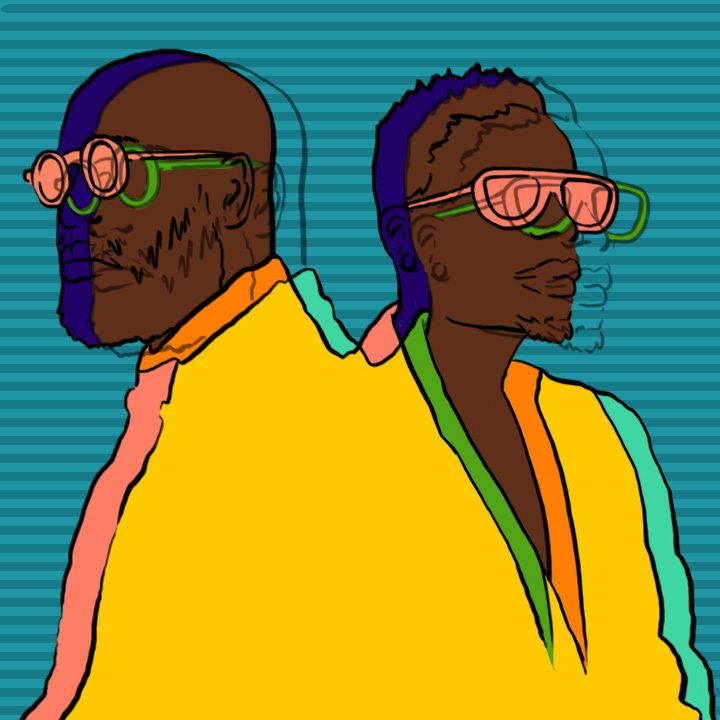Whether you’re a connoisseur or just someone casually into fashion, chances are you’ve heard of the brand Ray-Ban. After all, it’s one of the top manufacturers in the global eyewear market, reported by GlobeNewswire to be worth $157.51 billion in 2021 alone. Together with two other eyewear manufacturers, Ray-Ban sales account for almost 50% of the total market share. But before Ray-Ban became a staple in popular culture and the fashion industry, it underwent a long history of growth and transformation. Let’s take a closer look at how Ray-Bans went from being protective eyewear to the iconic fashion pieces we know today.
1930s – 1940s: Military roots
Founded in 1937 by the Bausch & Lomb Company in New York, Ray-Ban is an eyewear brand that introduced itself to the world through a new type of sunglasses known as Aviators. As stated in a Back Then History article on the Ray-Ban Aviators, these were originally designed to “ban rays” from the eyes of pilots and provide greater visibility during flights. Although Aviators first featured a plastic frame with green lenses in a shape mimicking pilot goggles, they were eventually upgraded to an all-metal frame with gradient lenses for greater eye protection. Since then, Aviators have been popularized among the military for effective glare control when battling the harsh elements of the outdoors.
1950s – 1980s: From cinema to everyday life
Ray-Ban Aviators expanded their reach in the 1940s, owing to the fact that civilians wanted to emulate the military style and fashion at the time. But it was only in the 1950s that a different style emerged with the debut of the Wayfarers. Rather than being purely functional like the Aviators were, the Wayfarers were seen as unisex fashion accessories worn by cinematic icons like James Dean in Rebel Without A Cause and Audrey Hepburn in Breakfast at Tiffany’s. As Wayfarers continued to skyrocket in fame through the silver screen, Ray-Ban sunglasses started offering this best-selling design for both sunglasses and eyeglasses, with greater color and material options than ever before. To this day, this means men and women can rock a pair not just for special occasions but also to look stylish and sophisticated in everyday life.
1990s – 2000s: Acquisition and collaborations
While the brand has been steadily growing for almost six decades, the nineties marked a new chapter for Ray-Ban. Its founder, Bausch & Lomb, stepped back to make way for the acquisition by international eyewear conglomerate, Luxxotica. As Luxxotica is also known for handling other fashionable eyewear brands under its umbrella, it was able to maximize Ray-Ban’s full potential and usher in a more developed identity. Rather than solely relying on the vintage charm of Ray-Bans, the company grew its influence through a wider catalog for sunglasses and prescription lenses, as well as limited-edition collaborations with musical acts like The Smiths and The Kills.
2010s – Today: New technologies and a brighter future
Ray-Ban’s growth and success have shown no signs of slowing down anytime soon as the brand continues to innovate with new technologies. For one, Ray-Ban now offers top-of-the-line designs integrated with cutting-edge science. To illustrate, they now carry Chromance lenses that are specifically developed for outdoor athletics in terms of their polar filters, multi-layer coating, and anti-reflection features. With the recent rise of the metaverse, Ray-Ban has even partnered with Meta to develop smart glasses with technical features. Although this pair looks like any conventional glasses suitable for everyday use, it has built-in camera sensors, microphones, and speakers to capture rich and detailed images and sounds for Facebook Stories and calls. These smart glasses are branded as the Ray-Ban Stories and are available in the Wayfarer, Round, and Meteor Styles.
It’s clearly evident that Ray-Ban knows how to strike a balance between embracing its original charm and tapping into technological advancements for constant innovation. This results in a timeless brand that will continue to grow and make a mark for years to come.
If you enjoyed this article, you might also like our piece looking at the Prive Revaux sunglasses.






